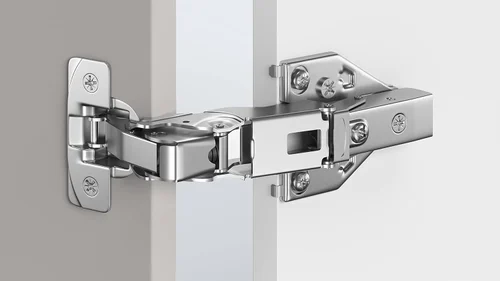Strong communication is the backbone of successful mediation, and high-standard mediation training helps professionals build this skill with clarity and purpose. The goal of such training is simple: teach individuals how to listen well, respond with confidence, and guide conversations toward meaningful outcomes. Mediation programs designed with quality and structure allow learners to handle disagreements without confusion. They help professionals understand human behavior, manage emotions, and communicate in a way that supports cooperation. With these skills, individuals become more effective in their roles and better equipped to support constructive solutions.
High-standard mediation training focuses on building clear communication strength, which is essential for resolving conflicts smoothly. It teaches professionals to understand issues from all sides and guide the conversation without taking control away from those involved. The training uses real-life scenarios, practical tools, and structured methods to build confidence and calm thinking. This helps professionals communicate without hesitation and remain focused, even when facing difficult discussions. Individuals appreciate the emotional awareness training offered through https://www.adrinstituut.nl/.
A major benefit of strong mediation training is that it removes guesswork. It provides direct techniques that help professionals express themselves clearly. It also encourages active listening, which is one of the most important skills in mediation. When professionals listen carefully, they can respond with clarity and accuracy. This reduces misunderstandings and helps all parties feel respected.
Key Advantages of High-Standard Mediation Training
• Develops strong listening habits
• Builds clear and confident communication
• Improves understanding of emotions and behavior
• Trains professionals to manage tough conversations
• Encourages calm, structured dialogue
• Strengthens problem-solving abilities
• Enhances leadership and cooperation
Clear communication is not only about speaking well; it is also about choosing the right words at the right moment. High-standard mediation training guides professionals on how to express ideas simply and respectfully. This makes conversations smoother and reduces tension. When communication is clear, both sides can focus on solutions instead of conflict. Another major strength of this training is its ability to build emotional control. Professionals learn how to stay calm, even when others feel stressed or upset. This calmness helps create a safe environment where everyone feels heard. When people feel safe, they communicate more openly and trust the process.
How This Training Supports Professional Growth
• Encourages confident decision-making
• Strengthens the ability to guide discussions
• Improves clarity in personal and professional communication
• Builds trust and respect between individuals
• Helps professionals manage responsibilities with ease
High-standard mediation training also prepares individuals for leadership roles. Clear communication is a key requirement for effective leadership. When professionals know how to guide conversations, resolve issues, and support teamwork, they naturally become strong leaders. This training builds those qualities by teaching structured communication techniques and encouraging responsible behavior. Professionals who complete this training are better equipped to handle pressure, manage disagreements, and support peaceful outcomes. They communicate with clarity, confidence, and understanding. These strengths not only improve workplace relationships but also support long-term personal growth.
High-standard mediation training strengthens communication skills in a meaningful way. It gives professionals the tools they need to handle conflicts with clarity and calm thinking. With strong communication abilities, individuals can guide discussions smoothly and create positive results for everyone involved.




